Domestic wild and production animals
Most animals tend to fall into a category of either domestic (pets), wild or production.
Some animals do cross over into other groups. Animals such as possums have adapted to human environments and can be quite domesticated.
Other animals such as feral cats and pigs have become wild. Animals in zoos have often been tamed to adapt to their surrounds.
Domestic animals
Domestic animals are those that we keep as pets. Domestic animals have lived closely with humans for thousands of years.
Domestic pets are generally comfortable around humans and like to be touched or patted.
They can be trained to fit in with your family and their needs for food, water and shelter are provided by humans.
Domestic animals tend to learn their social behaviour from humans and other pets.
Wild animals
Animals in the wild are very different to your household pet. They can be stressed or upset by being handled by humans.
They are difficult to train, not domesticated and do not live closely with humans.
Wild animals must find their own food, water, and shelter.
They learn their social behaviour from other members of the same species.
Many native animals are now extinct due to a clearing of land, human intervention, feral animals and bushfires.
Keeping your dog fenced in or on a lead protects lizards, possums, koalas and birds.
Keeping your cat in at night protects lizards, marsupials, birds and other small native animals.
Pets should always be kept out of national parks!
Production animals
Production animals are those that are raised to provide food, clothing and other products.
Some examples are chickens, pigs, sheep, and cows.
Like all other animals, there is a duty of care that needs to be followed for the well-being of production animals.
Having a duty of care for any animal that you are in charge of means you are legally obliged to care for it by providing for its needs in a reasonable way for:
- food and water
- accommodation or living conditions
- the display of normal behavioural patterns
- treatment of disease and injury
- handling of the animal.
The duty of care is based on the internationally-recognised ´five freedoms´ of animal welfare (see Respect and Care for Animals section).
If these animals are not cared for, then there could be a possible impact on humans. If a cow or a chicken is ill and nothing is done, then that illness could be passed on to humans.
Vets and production animals
Many vets are involved in local and international programs on animal production.
Veterinarians are trained to diagnose, treat, and prevent health problems in not only pets but domestic livestock (sheep, pigs, and cattle), native wildlife, exotic animals at the zoo and laboratory animals.
Some veterinarians are involved in animal research, matters of public health and food production.
